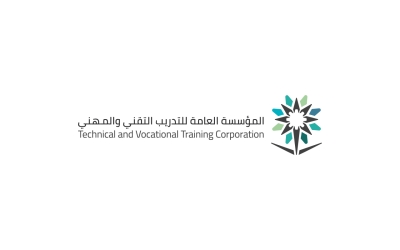

The Professional Practitioner Center was established at King Abdulaziz University (KAU) in Jeddah in 2017. It is the first specialized center among Saudi universities dedicated to promoting a culture of professional practices through specialized training programs, mentoring and empowerment sessions, research, and consulting services.
Vision, mission, and objectives of the Professional Practitioner Center
The Professional Practitioner Center was launched with the vision of serving as a scientific beacon for developing professional practitioners in their respective fields, both locally and globally. This aligns with its mission to train highly qualified professionals who contribute to the exceptional performance of societal institutions in line with Saudi Vision 2030. This is achieved through a combination of training, mentoring, and evaluation systems and techniques, supported by strong strategic partnerships.
The center aims to conduct studies and research in the field of human resources, based on the principles and concepts of the 'professional practitioners' industry. It also focuses on designing the pillars, skills, and behaviors of the 'Professional Practitioner' program according to labor market needs.
The Professional Practitioner Center offers a specialized program to train highly qualified professionals, ensuring outstanding performance in societal institutions through an innovative blend of training, mentoring, and evaluation techniques reinforced by strategic partnerships. Additionally, the center at KAU University provides hands-on problem-solving experiences in real workplace settings.
Pillars of the professional practitioner development
The Professional Practitioner Program consists of four main pillars, structured as interconnected and evolving stages. It begins with the first pillar, which focuses on developing the ability to manage oneself and build readiness to adapt to workplace environments through planning, organization, and continuous learning based on job requirements. The second pillar emphasizes stimulating an advanced thinking system for problem-solving, decision-making, and innovation aimed at improving work performance. These competencies are then translated into exceptional job performance in the third pillar, which involves analyzing job requirements, accurately defining outcomes, managing implementation challenges, and continuously improving work methods and systems. Finally, the program reaches the fourth pillar, which highlights active collaboration with all stakeholders to effectively communicate results and achievements. This is accomplished by fostering a spirit of teamwork, enhancing internal and external communication, and ensuring beneficiary satisfaction.
Related quizzes

